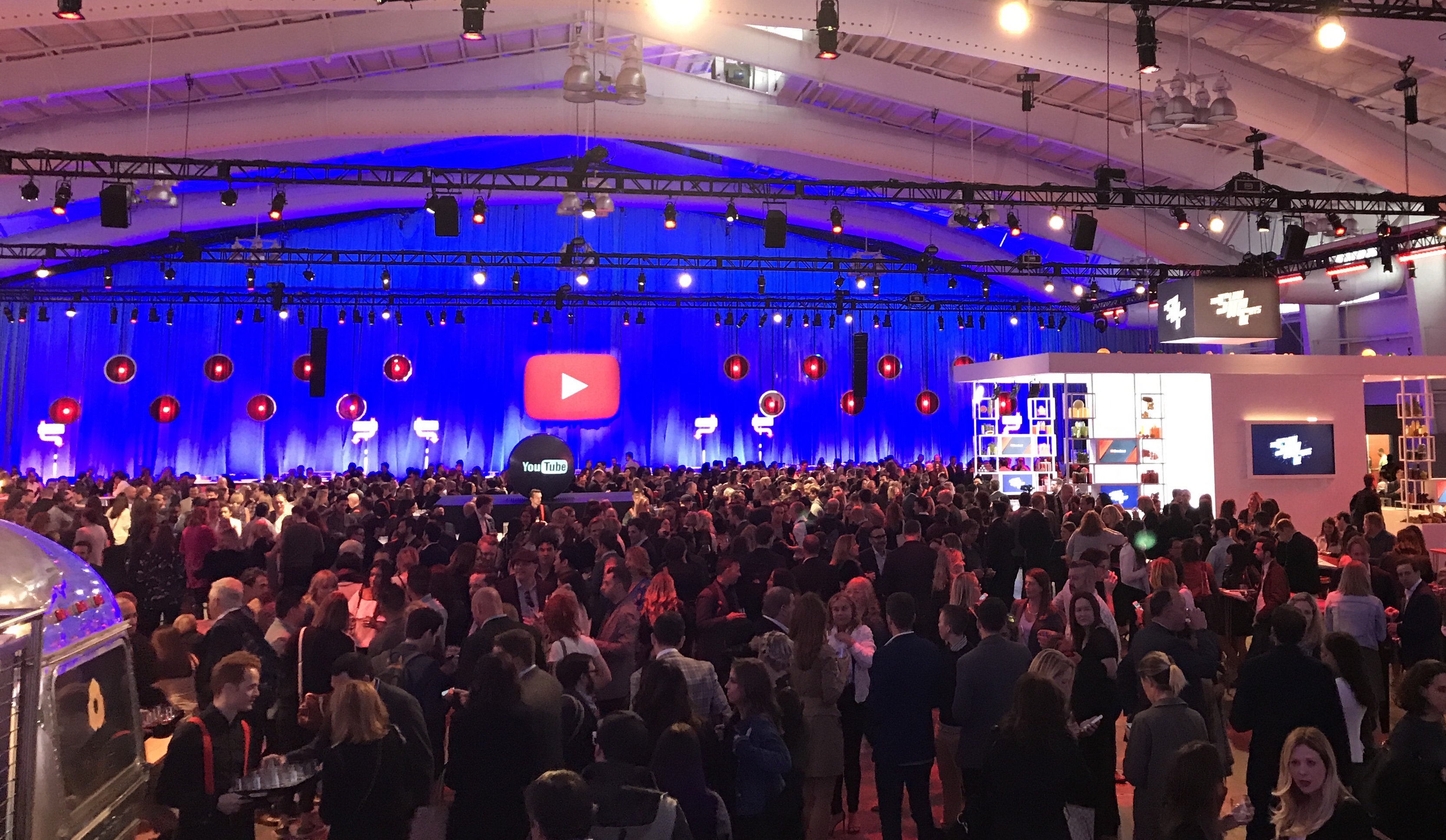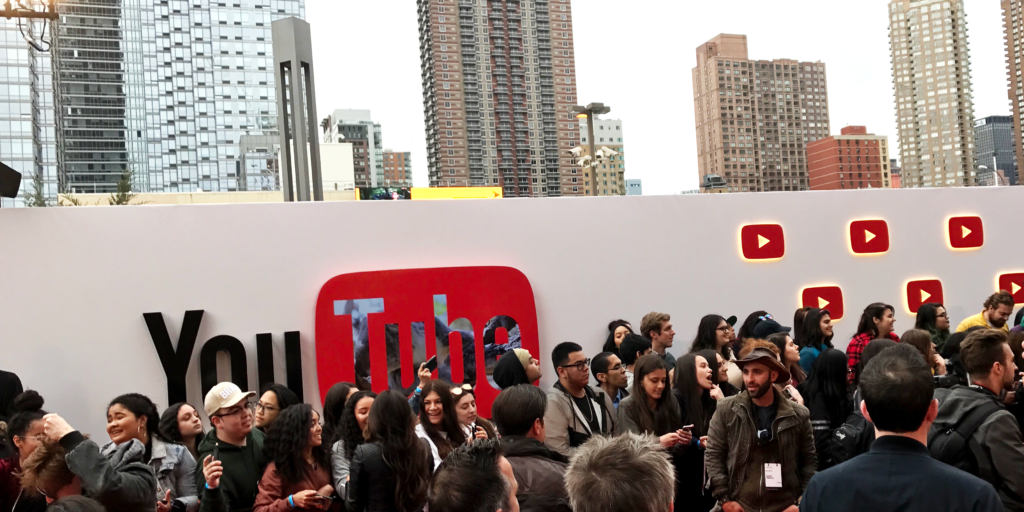
YouTube is Not TV: Dispatch from Brandcast 2017
This year at Brandcast, YouTube wanted to make one thing clear: it’s not TV. Instead, YouTube highlighted how the platform represents something more than TV: it’s a passionate community that participates in creating and sharing video content that’s enjoyed by billions of people around the world.
Brandcast is YouTube’s presentation at the NewFronts, digital media’s take on the traditional television upfronts, where advertisers learn about the original content slated for release throughout the year, and make decisions on where to spend their media dollars.
YouTube highlighted that young people in particular are tuning into the platform more often than they’re watching primetime TV. The distinction between TV and online video is increasingly blurring, with viewers turning to YouTube to watch both clips and episodes of their favorite TV shows.

In light of this, YouTube is launching a slate of 40 original shows that predominantly feature traditional celebrities. With reportedly several hundred million dollars invested in production, YouTube’s new series will be free to watch — a break from its YouTube Red strategy — and supported by advertising, with Johnson & Johnson already signed on to sponsor a music show presented by Ryan Seacrest. The star-studded lineup also includes Kevin Hart, Katy Perry, Ellen DeGeneres, Ludacris and Demi Lovato. YouTubers aren’t left out entirely, however — popular YouTube entertainers Rhett & Link will host one of YouTube’s new shows.
YouTube has the biggest footprint in the over-the-top (OTT) video landscape, estimated to reach 95.9% of OTT video viewers in 2017 — and the release of additional original programming will likely secure its lead. Competitors Amazon and Hulu have gained traction in recent years, and are estimated to reach 44% and 18.5% of OTT viewers in 2017. Similar to YouTube’s new strategy, Hulu and Amazon have been investing in creating premium video content supported by advertising, paired with ad-free subscriptions.
As more consumers tune in to social video from the living room, YouTube and other social platforms are aggressively innovating to capture this valuable audience — as demonstrated by YouTube’s NewFronts presentation. It’s a smart move, with big advertisers increasingly choosing to complement linear TV buys with YouTube inventory, especially when TV advertising fails to effectively reach their target audience, and as more millennials cut the cable cord.
Want more insights on the evolving social video landscape? Check out our recent blog for all the updates you need to know.